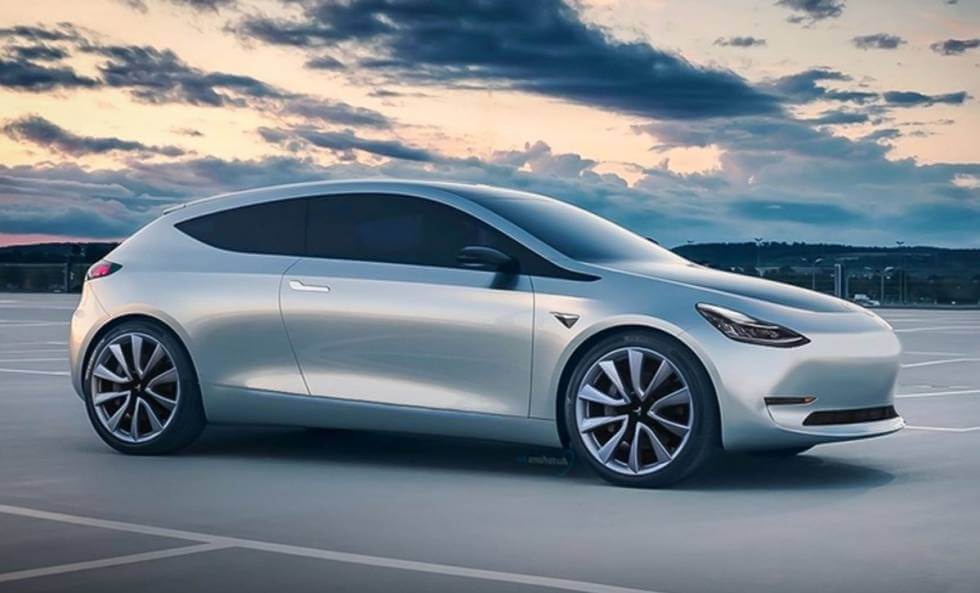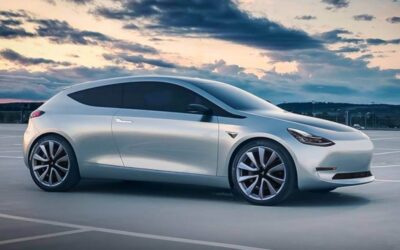Tesla Unveils the Next-Gen Model 2: The $25,000 EV That Could Change Everything

Tesla has been known for making electric cars cool, fast, and high-tech — but not necessarily affordable for the average driver. That’s changing in 2025 with the official reveal of the Tesla Model 2, a compact EV starting at just $25,000.
This could be the turning point for the EV industry, bringing Tesla’s technology to millions who couldn’t previously justify the cost. But is it really as groundbreaking as Elon Musk claims? Let’s take a deep dive into everything we know so far.
The Vision Behind the Model 2
For years, Musk has hinted at a low-cost Tesla, but production challenges, battery costs, and market conditions delayed the dream. Now, thanks to new battery chemistry and gigafactory expansions, Tesla says it can finally build a car that’s affordable, efficient, and profitable.
The goal: make EVs mainstream by competing directly with gasoline cars in price — without sacrificing Tesla’s signature performance.
Specs & Features at a Glance
While Tesla is still keeping some details under wraps, here’s what’s been confirmed:
- Price: Starting at $25,000
- Range: Estimated 250–300 miles on a single charge
- Battery: New LFP (Lithium Iron Phosphate) cells for lower cost and longer life
- Acceleration: 0–60 mph in under 6 seconds
- Autopilot: Standard with optional Full Self-Driving upgrade
- Interior: Minimalist design with a central touchscreen
- Connectivity: 5G-ready infotainment system
The Technology That Makes It Possible
The Model 2 isn’t just a smaller, cheaper Tesla — it’s a showcase of engineering breakthroughs.
1. LFP Battery Packs
Lithium Iron Phosphate batteries are less energy-dense than Tesla’s NCA cells, but they’re cheaper to produce, last longer, and don’t rely on expensive cobalt.
2. Simplified Manufacturing
Tesla is introducing its “Unboxed” assembly process, which builds major vehicle sections separately before bringing them together. This cuts factory space needs by 40% and speeds up production.
3. Smaller Footprint, Same Tesla DNA
While the Model 2 is more compact than a Model 3, it’s designed for urban driving — perfect for Europe, Asia, and U.S. cities where parking space is tight.
Performance vs. Price: Can It Deliver?
A $25,000 price tag in 2025 is still aggressive. Most EVs in this price range compromise heavily on range, features, or build quality. Tesla claims the Model 2 will avoid these pitfalls by leveraging its scale and vertical integration.
Compared to other entry-level EVs like the Nissan Leaf, Chevy Bolt EUV, and BYD Dolphin, the Model 2 is expected to offer:
- Better acceleration
- Longer range
- More advanced software
Autopilot & Self-Driving in an Affordable EV
The big surprise is that Tesla is including Autopilot as standard on the Model 2. This means lane centering, adaptive cruise control, and automatic lane changes are built in.
The optional Full Self-Driving (FSD) package will be available, but pricing hasn’t been confirmed. Expect it to be in the $12,000–$15,000 range — a big chunk compared to the car’s base cost.
Impact on the Global EV Market
The Model 2 could shift EV adoption curves dramatically. Here’s why:
- Affordability: The price makes it accessible to middle-class families worldwide.
- Tesla Branding: Many buyers still see Tesla as the gold standard for EVs.
- Global Rollout: Tesla plans to build the Model 2 in multiple gigafactories, reducing shipping costs and tariffs.
Possible Challenges Ahead
While excitement is high, Tesla faces hurdles:
- Production Bottlenecks: Scaling a $25K EV without delays will be difficult.
- Battery Supply Chain: Even with LFP cells, securing raw materials is competitive.
- Competition: BYD, Volkswagen, and Hyundai are all pushing aggressively into affordable EVs.
What This Means for Gas-Powered Cars
If Tesla can truly deliver a $25,000 EV with over 250 miles of range, it could make many budget gas-powered cars obsolete. Governments pushing for EV adoption through incentives will further accelerate the shift.
Release Date & Availability
The Model 2 is expected to go into production in late 2025, with deliveries starting in early 2026. Initial markets include North America, Europe, and China, with expansion to emerging markets planned for 2027.
Final Thoughts
The Tesla Model 2 could be the car that brings EVs to the masses — but only if Tesla executes flawlessly. If successful, it won’t just sell millions of units; it will redefine what consumers expect from an “affordable” electric car.
Whether you’re an EV enthusiast or a first-time buyer, the Model 2 is worth keeping an eye on.











